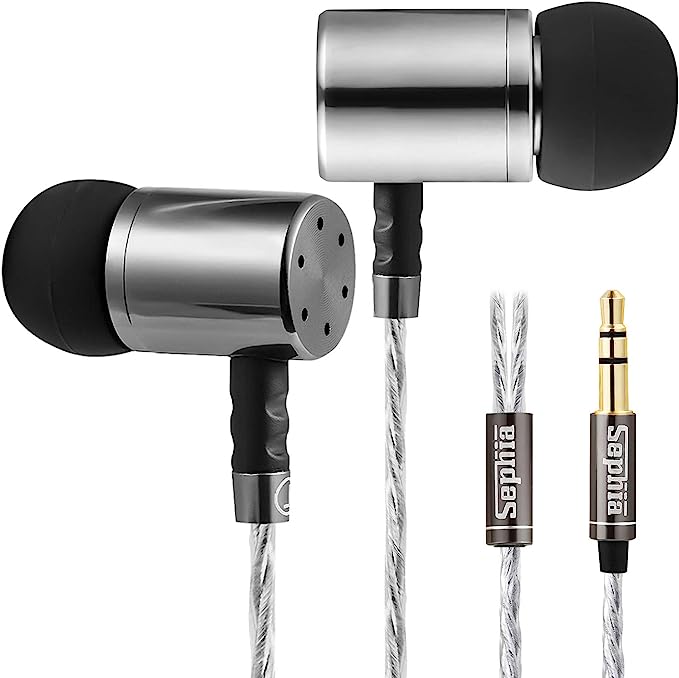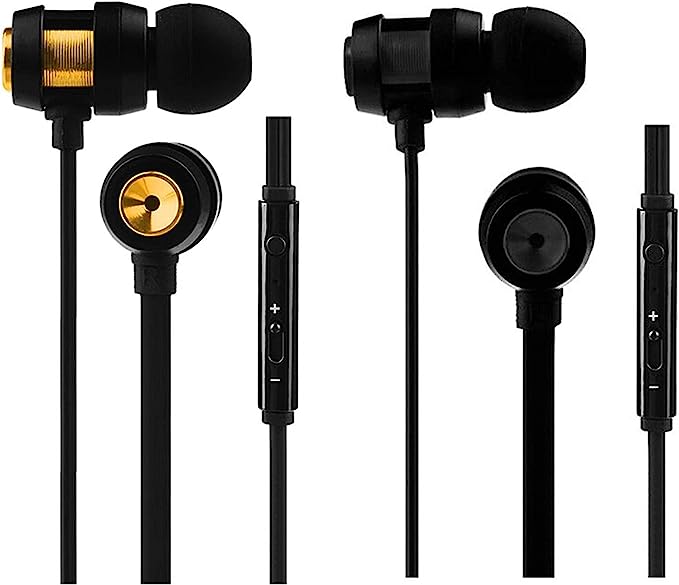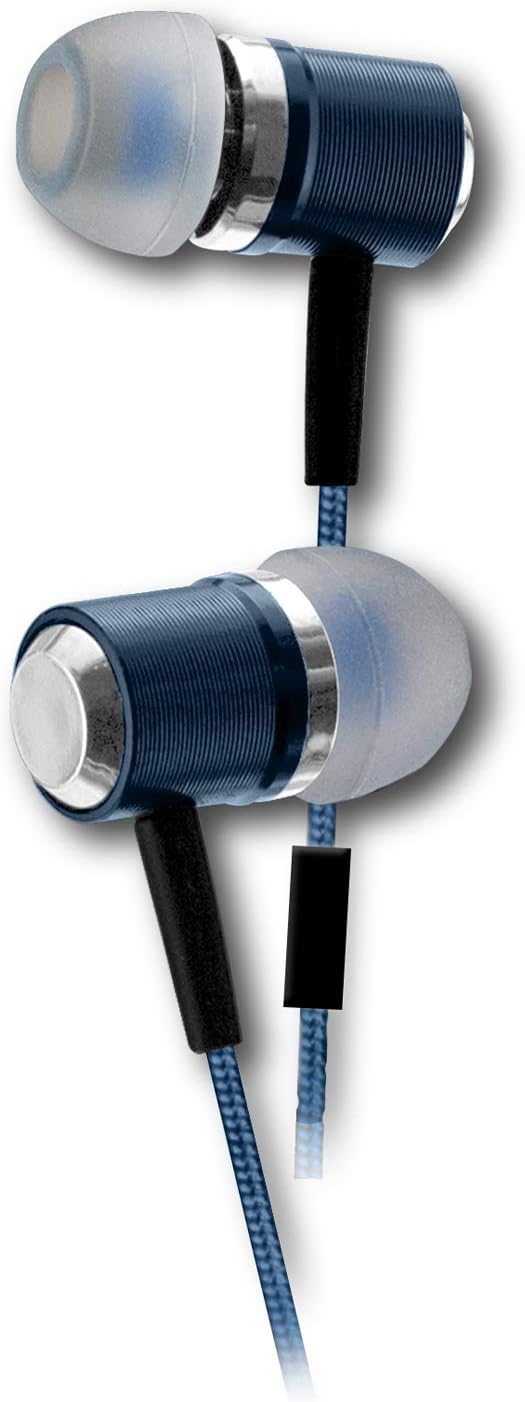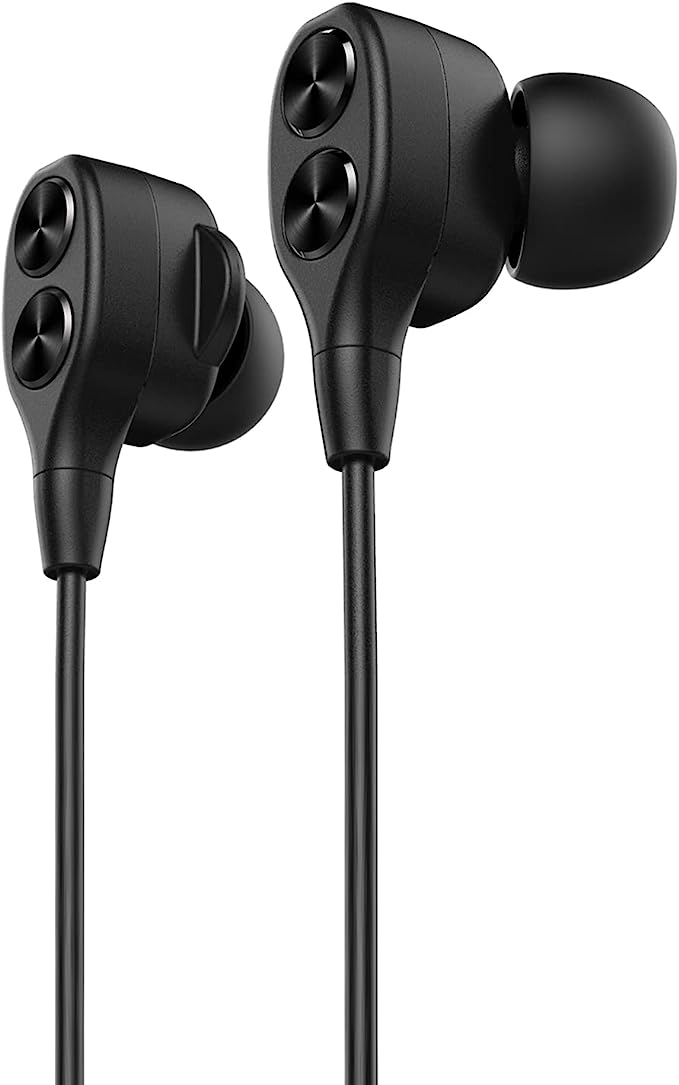YINYOO KBEAR KS1 - A Budget-Friendly Wired Earphone with Impressive Sound Quality
Update on July 2, 2025, 8:18 a.m.
Have you ever been on a bustling train, seeking refuge in your favorite song, only to be met with a frustrating, muddy rumble? The vocals are lost, the bass is a blurry thud, and the crisp snap of the snare drum has dissolved into a dull tap. In that moment, the magic of the music is gone, replaced by noise. It begs the question: What truly separates that sonic mud from the crystal-clear immersion we crave? The answer isn’t alchemy, but architecture—a meticulous, microscopic construction of sound itself.
To understand how this architecture works, we can look at an unassuming example like the YINYOO KBEAR KS1. Its modest price tag belies a design that leverages over a century of acoustic evolution. This journey begins not in a modern lab, but with a faint whisper from the past, rooted in the same fundamental principle that powered Alexander Graham Bell’s first telephone: electromagnetism. The core idea, known as the dynamic driver, is beautifully simple. An electrical signal representing the music flows through a coil of wire attached to a thin membrane, or diaphragm. This coil sits in a magnetic field, and as the signal fluctuates, the electromagnetic force causes the coil and diaphragm to vibrate, pushing air and creating the sound waves that travel to our ears. This foundational blueprint has remained the heart of most speakers and headphones for over 140 years. If the concept is that established, where do the modern marvels lie? They lie in perfecting every single element of that original design.

Laying a Stronger Foundation: The Science of the Dual Magnetic Engine
Think of the driver as the engine and foundation of our sonic structure. In a basic design, a single magnet provides the static magnetic field. It works, but it has limits. The KS1’s design, however, incorporates a Dual Magnetic Circuit. This isn’t just adding a second magnet for marketing; it’s a fundamental upgrade to the power plant. It’s the architectural equivalent of swapping standard iron rebar for high-tensile carbon fiber in a skyscraper’s foundation.
The goal is to increase the magnetic flux density—a measure of the magnetic field’s strength, quantified in a unit called the Tesla (T). To put this in perspective, one Tesla is a powerful magnetic field, many thousands of times stronger than the Earth’s own magnetic field and on par with the magnets used in medical MRI machines. By engineering a dual-magnet system, the driver achieves a magnetic flux far greater than a single-magnet design. This intense, highly controlled field grips the voice coil with unwavering authority. The result is a dramatic improvement in transient response—the driver’s ability to start and stop on a dime. The muddy, lingering bass of a lesser earphone is a sign of a slow transient response, where the diaphragm is still vibrating from the last beat when the next one arrives. A high-flux system delivers a fast, taut, and articulate bass. Each kick drum note is a distinct, impactful event, not a blurry smear. This is where clarity begins.

Constructing the Concert Hall: The Art of Acoustic Space
With a powerful engine in place, we must design the space in which it performs. An earphone’s housing is not just a protective shell; it is a miniature concert hall, and its internal geometry is a critical act of acoustic architecture. The KS1’s shell is molded from a high-density PC (Polycarbonate). This material is chosen for its acoustic properties as much as its light weight. Like the dense, non-parallel walls of a real concert hall, the PC material is excellent at damping unwanted vibrations and suppressing internal sound wave reflections that would otherwise cause distortion and a confused, messy sound.
Even more ingeniously, this earphone employs a Dual Cavity design. This is far more sophisticated than a simple, hollow shell. The independent rear cavity is a precisely engineered acoustic chamber. It acts in part like a Helmholtz resonator—the same principle that creates a tone when you blow across the top of a bottle. This chamber can be tuned to manage air pressure behind the driver, subtly boosting low-frequency response without the artificial bloat of software-based equalization. It shapes and controls the sound waves before they even begin their journey to your ear, creating a sense of openness and space that is unexpected from such a small enclosure. It transforms a simple box into a purpose-built acoustic environment.

The Voice of the Instrument: The Dance of the Diaphragm
Our concert hall is built and its power is supplied. Now, we need the performer—the element that actually sings. This is the PET (Polyethylene terephthalate) diaphragm. If the driver is the musician, the diaphragm is the instrument itself. Imagine the soundboard of a violin or the skin of a drum. Its material quality is everything. The PET material used here is chosen for its remarkable balance of properties. It is incredibly lightweight, allowing it to respond instantly to the subtlest of electrical signals. It is also exceptionally rigid for its mass, which means it vibrates as a single, unified surface—a “piston”—without flexing or deforming, which would introduce distortion.
This pistonic motion is crucial for accuracy. It ensures that the waveform of the sound produced is a faithful replica of the electrical signal received. This is where raw power is converted into nuanced music. The delicate shimmer of a cymbal, the breathy texture of a vocalist’s whisper, the rich harmonics of an acoustic guitar—all these details are born from the precise, controlled dance of this thin polymer film.

The Final Bridge: Connecting Technology to Humanity
The architectural project is nearly complete. The final touches are about connecting this intricate technical assembly to the human listener. The ergonomic, lightweight (a mere 4.0 grams) shape of the earphone is not a trivial detail; it ensures a secure and comfortable fit. This seal is critical, as it prevents external noise from intruding and, just as importantly, prevents bass frequencies from leaking out, which would make the sound thin and weak. The inclusion of a detachable cable is a nod to longevity and the enthusiast culture, acknowledging that the connection to the user is both physical and personal.
Ultimately, a deep look inside a seemingly simple earphone like the KBEAR KS1 reveals a microcosm of engineering brilliance. It’s a story of how a century-old principle can be refined with modern materials and a deep understanding of physics. It shows us that great sound is not just purchased; it is meticulously designed and constructed. By understanding this architecture of sound, we do more than just consume a product; we learn to appreciate the invisible art and science behind the music we love. And that, in turn, forever enriches the simple, profound act of listening.



























































